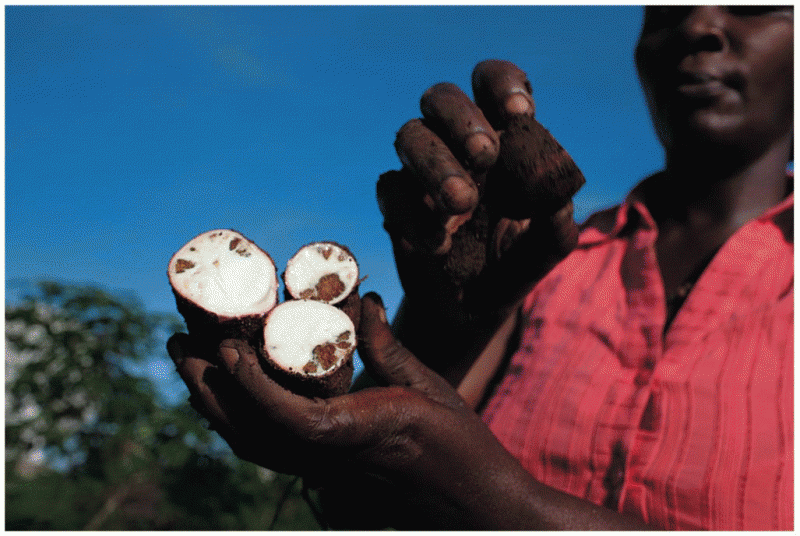|
|
|
The B-complex vitamins and vitamin C are not stored in the body and must be replaced each day.
Approximately 25% of all reported medication errors result from some kind of name confusion.
The largest baby ever born weighed more than 23 pounds but died just 11 hours after his birth in 1879. The largest surviving baby was born in October 2009 in Sumatra, Indonesia, and weighed an astounding 19.2 pounds at birth.
People with high total cholesterol have about two times the risk for heart disease as people with ideal levels.
Common abbreviations that cause medication errors include U (unit), mg (milligram), QD (every day), SC (subcutaneous), TIW (three times per week), D/C (discharge or discontinue), HS (at bedtime or "hours of sleep"), cc (cubic centimeters), and AU (each ear).







